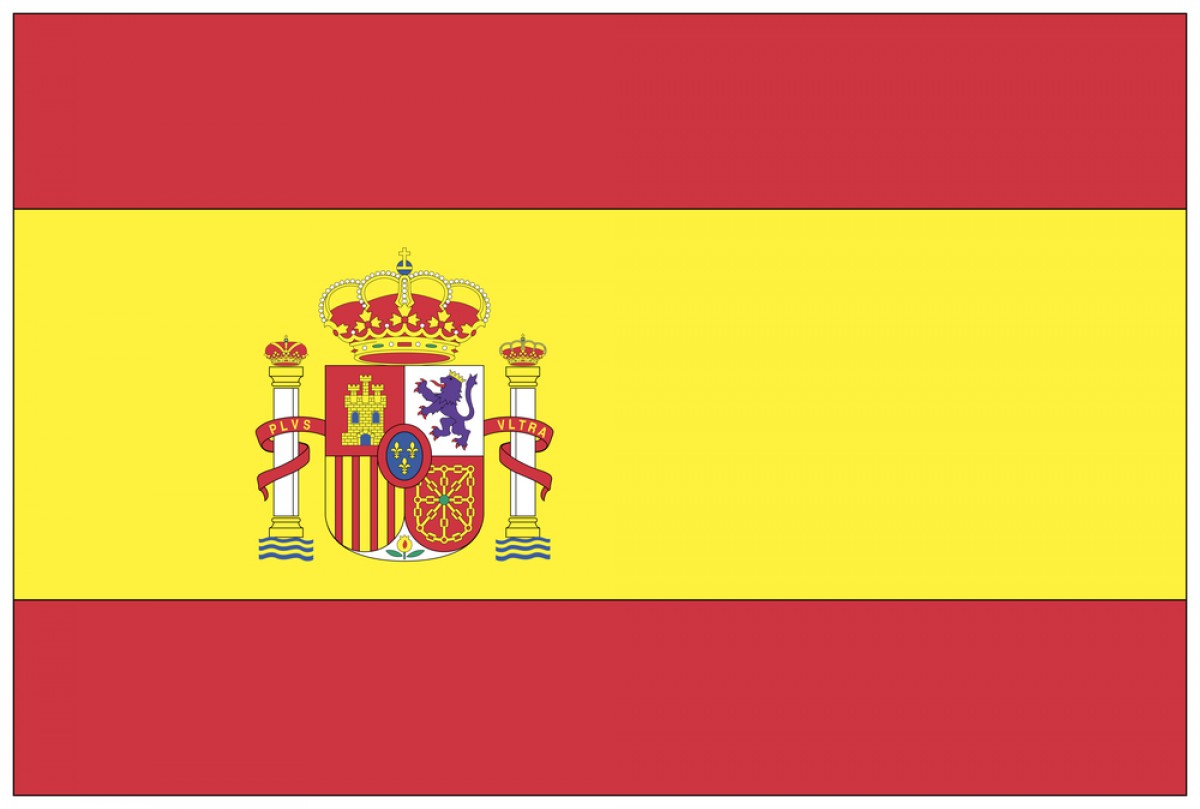
Last Article:
8 reasons to buy property in Spain
Raymundo Larraín Nesbitt, December, 1. 2025

Marbella-based Larraín Nesbitt Abogados (LNA) has over 22 years of experience at your service. We offer a wide range of 60 legal and corporate services. Our team of native English-speaking lawyers and economists have a long track record of successfully assisting expats all over Spain.
You can review here our client’s testimonials.
Article copyrighted © 2025. Plagiarism will be criminally prosecuted
By Raymundo Larraín Nesbitt
Director of Larraín Nesbitt Abogados
1st of December 2025
Introduction
Spain is a young democracy located at the heart of Western Europe. As a member state of the Union, it offers a safe and stable legal and financial environment.
Forbes chose Spain, again, for another consecutive year, as the top spot to buy and live in the world! And not without good reason!
Eight reasons to buy property in Spain
- Affordability. Compared to other European countries, the costs of buying and living in Spain are far lower, making it widely accessible.
- A mild all-year-round climate. Spain has a national average of 320 days of sunshine a year. Light and warmth are never too far away!
- Ultra-low taxation (only in some regions of Spain). Spain does not have homogeneous taxation. Because of devolved taxes, some regions have low taxation (Andalusia, Alava, Biscay, Madrid, and Guipuzcoa), whereas other regions have high taxation (Aragon, Asturias, Valencia and Catalonia). You are well advised to research the taxation, as it will have a significant impact on buying and on inheritance tax, for example. In addition to this, non-EUs can profit from a Digital Nomad Visa, which has associated lenient tax breaks. Low regional taxation and a DNV work in tandem to make you pay very few taxes.
- A privileged lifestyle. Spain spoils you for choice, as it caters to all tastes: whether you enjoy stunning scenery, the buzz of large cities, a vibrant cultural life, varied cuisine and wines, or simply grabbing a great suntan to dazzle your friends back home, Spain has you covered.
- Accessibility. A modern rail network, new highways, state-of-the-art airports, and high-speed internet ensure you are always well-connected.
- First-class amenities. Renowned museums, lavish restaurants, luxury shops, trendy designer boutiques, refined theatres, glam discotheques, 18 and 9-hole golf courses, international private schools, and exclusive yacht-filled marinas. The problem is that you won’t have enough time to enjoy them all!
- Quality healthcare. Spain offers several modern private hospitals that cover your every health need. Public healthcare is also available to all Spanish residents. There are also specialised beauty medical facilities that assist in enhancing your physique, because everyone deserves a little nip and tuck.
- A vibrant cultural life. Spain’s vast cultural offering, spanning millennia, remains unmatched. Spain is the second country in the world with the most tourists (94 million), which translates into a healthy demand for housing. This creates a strong rental potential for buy-to-lets and investment opportunities (capital appreciation).
So many great places to choose from: Barcelona, Costa del Sol, Granada, Madrid, Malaga, Mallorca, Santiago de Compostela, Seville, Sotogrande, and Valencia.
At LNA, our friendly team can assist you in buying (or selling) your property anywhere in Spain. We can also get you any residence visa. Give us a call!
At Larrain Nesbitt Abogados (LNA) we have over 22 years of experience specialising in property conveyance and taxation all over Spain. We also assist clients with immigration & residency visas, and inheritance procedures (probate). You can contact us by email at info@larrainnesbitt.com, by telephone on our UK line (+44) 0754 3838 218, or Spanish line (+34) 952 19 22 88, or by completing our contact form.
Please note the information provided in this article is of general interest only and is not to be construed or intended as substitute for professional legal advice. This article may be posted freely in websites or other social media so long as the author is duly credited. Plagiarising, whether in whole or in part, this article without crediting the author may result in criminal prosecution. Ní neart go cur le chéile. VOV.
Larraín Nesbitt Abogados, small on fees, BIG on service.
2025© Raymundo Larraín Nesbitt. All Rights Reserved.
...




